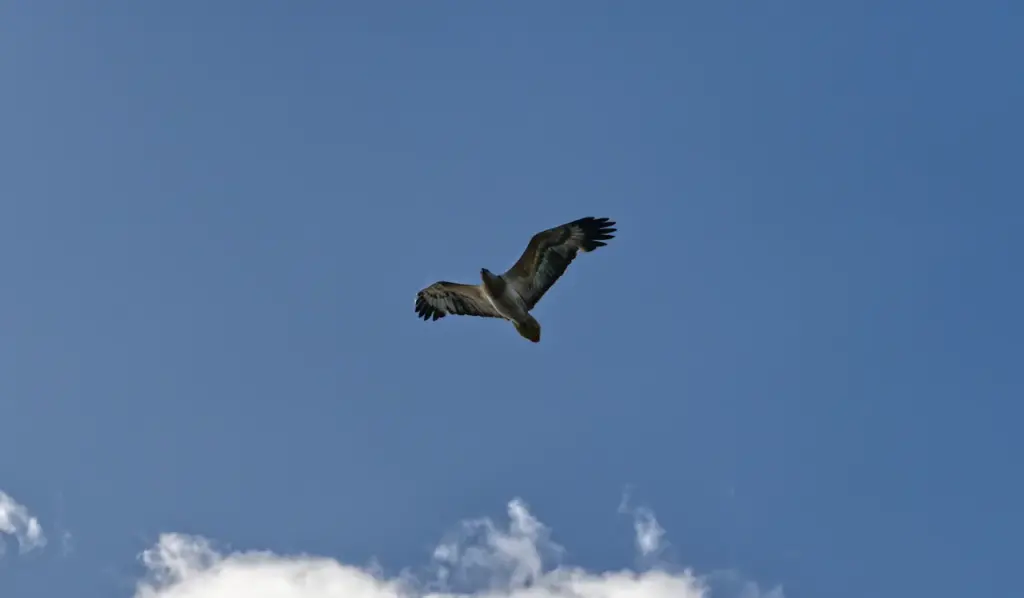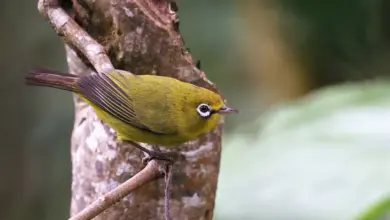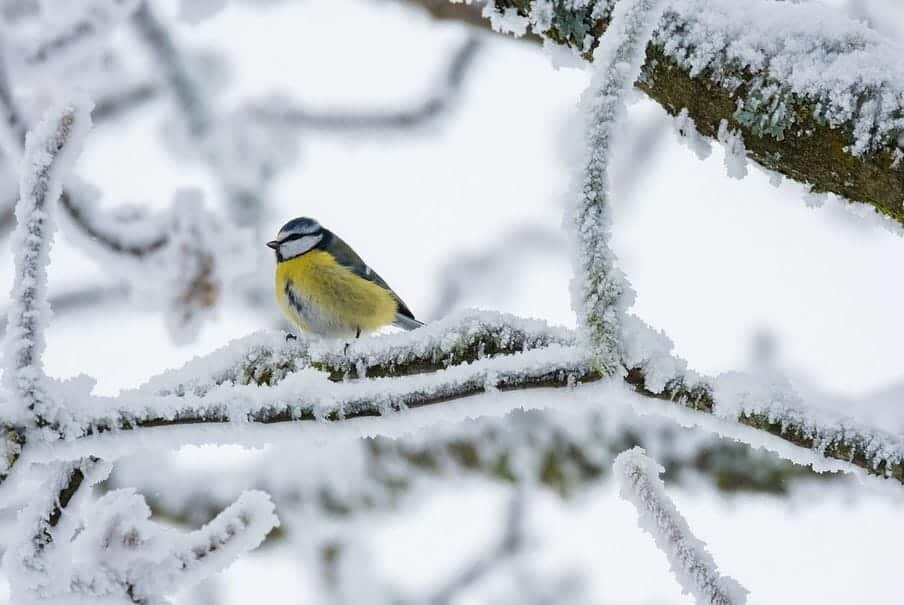The Tasmanian Wedge-tailed Eagles (Aquila audax fleayi) is an endangered bird of Tasmania. It is a subspecies of the more common Wedge-tailed Eagle.

Tasmanian Wedge-tailed Eagles Description
Aquila is a genus of large eagles that have long rounded wings with deeply emarginated tips. They also have very strong legs and claws and ear-shaped nostrils. The subspecies A. audax fleayi is the largest of the wedge-tailed eagles.
A. audax fleayi has a total body length between 100–110 cm long with wingspans of 1.9–2.3 m and weighs 3.5–5.5 kg. Females are larger (longer with a much larger beak) and are about 15% heavier than males. They become sexually mature at 4–6 years of age.
Fledged juveniles are tawny brown with a blond nape and dark tail and flight feathers. The plumage darkens after many months until it is almost black. The bases of adults’ primary feathers are pale silver, giving a ‘window’ appearance when viewed from below. Males are sooty brown with a reddish-golden nape.
Outside the breeding season, Tasmanian Wedge-tailed Eagles are usually quiet although they produce a range of specific, rather gentle calls. They are usually found in pairs or as a family. During the breeding season aerial displays are a common sight.
Distribution and habitat
The Wedge-tailed Eagles is native to Australia. The subspecies A. a. fleayi is a landscape hunter with a wide distribution on mainland Tasmania, including its large offshore islands, along the coast and inland on the highlands.
Wedge-tailed Eagles are highly territorial, top-order predators with very large home ranges which are evenly dispersed in suitable habitats. Estimated densities range from one pair per 20–30 km² in the dry sclerophyll forest and fertile open habitats in lowland eastern and northern Tasmania to a minimum of one pair per 1200 km² in highland western and south-western Tasmania.
Nesting habitat
The Wedge-tailed Eagles nests in a range of old-growth native forests. Nests always occur in tall open forests. 95% of nests occur in emergent trees in old-growth eucalypt forests.
Territories have up to five alternative nests, most of the time constructed within 200 m of each other. One of these nests is usually favoured for breeding. When not breeding, the pair visits nests to eat prey, perch or renovate these nests. Nests consist of a bunch of large dead sticks with a shallow depression on top which is lined with fresh twigs, leaves and bark.
Breeding
Wedge-tailed Eagles usually pair for life. When courting and pair-bonding, the pair performs aerial displays. Courtship usually starts in June and by August the nest is ready for an egg. The usual laying date is around 1 September.
One to two eggs (usually one) are laid. Eggs appear whitish-grey with a few brown spots. The period from hatching to fledging lasts 90 days, by which age a chick can feed itself. After fledging the juvenile remains near the nest for several weeks.
Diet
Wedge-tailed Eagles prey and scavenge various sorts of food including fish, reptiles, birds and mammals, including the carrion of large animals. Average prey weight is 25% or less of the eagle’s weight, although they are capable of killing prey several times more than their own weight.
In rural Tasmania, rabbits, horses and cats account for 45% of the diet; possums, echidnas and wombats 30%; birds 10%; sheep and goats 7.5%; and reptiles 5%.
Conservation
Reasons for the decline of the Tasmanian Wedge-tailed Eagle are a decline in breeding success from disturbances of nests, loss of habitat, a small breeding population, a decline in the number of mature individuals, and an unnaturally high mortality rate due to persecution and other factors.
The Wedge-tailed Eagle is wholly protected and killing one is illegal. 20% of the eagles occur on designated reserves. An increase in breeding success on private property was pursued through the establishment of individual agreements and management plans. Throughout Tasmania 60 land owners were contracted and twenty made agreements.
Population trends
Tasmania’s Wedge-tailed Eagles have less genetic variation than their mainland relatives and have been isolated from the mainland for 8,000-10,000 years, since the last trans-Bassian land bridge. There are no historical measures of population size in Tasmania but records suggest that the eagle is widespread but uncommon. It may have benefited from rabbit plagues but poisoniing has killed numbers of eagles along with persecution.
Breeding success has decreased to the point where, on average, 95 pairs are successful each year. 69% of territories where the active nest or all nests were known to have produced at least one egg and 53% were successful in raising a fledging. Annual mortality rates are about 50% for juveniles, 30% for other immature birds and 5% for adults. Tasmania has only 220 nesting territories.
However not all territories are occupied by two adults and replacement times for adults ‘lost’ from territories seems excessive, suggesting a dearth of non-territorial floaters and an adult population of less than 440.
Notes
- In this article, the term ‘Wedge-tailed eagle’, etc. refers to the Tasmanian Wedge-tailed Eagle (Aquila audax fleayi), unless otherwise indicated.
References
- DEH Species Profile and Threats Database: Aquila audax fleayi
- Phil Bell and Nick Mooney (July 1999). “Recovery Plan for the Wedge-tailed Eagle 1998-2003”. Department of Primary Industries, Water and Environment.




